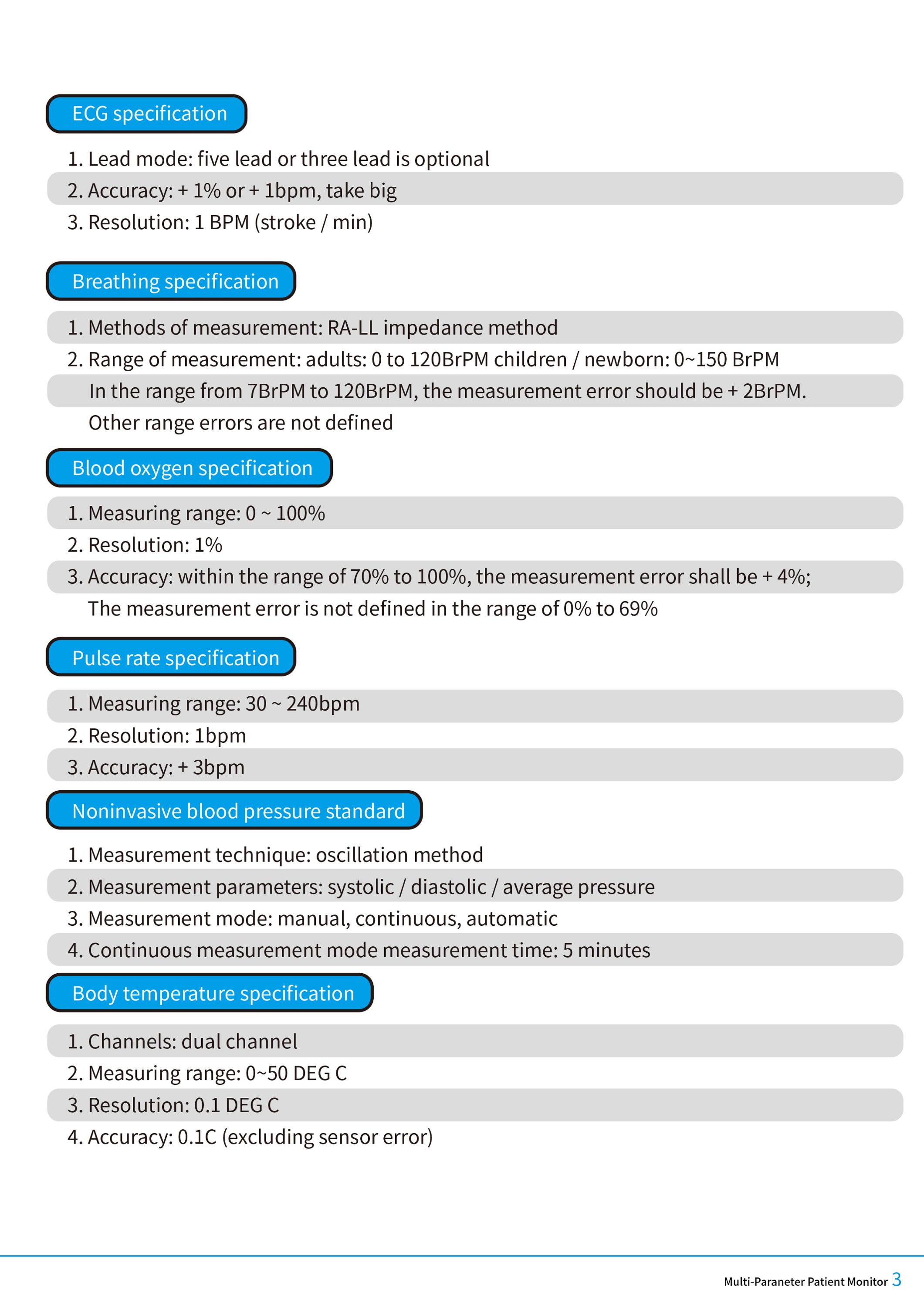The cowpeas planted in the greenhouses are deformed and show "bend hooks". After analysis, there are the following reasons: One is the use of drugs sensitive to cowpea. Kidney beans are sensitive to drugs containing mancozeb, zearazine, or dietillin, and if used in excess, they can easily bend the warts. Kidney beans are very sensitive to anti-virus drugs, and they are prone to phytotoxicity and cause malformation. Some of the cowpeas had phytotoxicity due to spraying with copper preparations or anthrax fumei, and the light fruits were bent and the leaves were falling. In the prevention and treatment of diseases such as gray mold, sclerotinia and other diseases, the drugs used for safer cowpea include mothraine, sulfasulfuron, chlorothalonil, narcolizol, bacillus, carbendazim and so on. When using copper preparations to prevent bacterial diseases, use should be reduced by half. For drugs containing mancozeb, zeinzinc, or dietewine, caution should be exercised or not used to prevent phytotoxicity, resulting in cowpea malformation, affecting yield and quality, and causing unnecessary losses. The second is the lack of boron. The lack of boron in cowpeas is not easy to sit on, even if they are sitting, but they spend a lot of time, they are bent, and they are poor in commodities. The solution is to spray 1200 times the amount of Sonic Boron before flowering. The third is that the temperature is too high or too low can cause the pods to bend. The most suitable temperature for growing cowpea is 23~25°C during the day and 18°C ​​during the night. The flowering temperature is best at 23°C. If the daytime is lower than 20°C or higher than 30°C, it will affect the cowpea's sitting. At noon during the flowering period, it is necessary to observe the temperature in the shed and regulate the temperature of the shed. In addition, in order to ensure early winter occulusion of carbon dioxide in the closed greenhouse, photosynthesis should be carried out as early as possible. In the winter, one hour after the sun rises, vents should be opened as soon as temperature conditions permit, to increase the carbon dioxide concentration in the shed, and to maintain normal photosynthesis. . Fourth, adverse environmental impacts. Excessive drought or excessive water in the greenhouse can easily cause the “yellow hook†that farmers just said to appear. This is because if the soil is too dry or too wet, the root system will be injured, causing the plant to weaken and affecting flowering and sitting. To ensure that crickets do not bend, first make roots grow robustly. Do not water before flowering. Watering depends on the condition of the soil. After sitting, it is combined with watering and fertilizing. Before transplanting to flowering, it should be poured with water for four times, pouring small water, generally about 20 acres of water per acre, instead of flood irrigation, to avoid root damage. Fifth, excessive use of growth inhibitors. The vegetable farmers sprayed excessive amounts of inhibitors on kidney beans that could not stand flowers. For example, chlormequat, difenoconazole and other pesticides could easily cause bending of the kidney beans. When some vegetable farmers used naphthalene acetic acid to prevent falling, they caused the buckling due to excessive concentration, which should also arouse our attention. Sixth, the concentration of soil solution is too high, excessive application of chemical fertilizers or saline-alkali soil can also cause pod abnormalities. In view of this, less fertilizer should be applied and more humic acid fertilizers should be applied. When the pods grow to 3 to 4 cm in length, 30-60 pounds of humic acid fertilizer can be used to replenish nutrients per mu, and excessive application of chemical fertilizers should not result in an increase in the concentration of the soil solution, resulting in buckling. Saline-alkali land cultivation of cowpea is best to use soilless cultivation, to avoid direct contact with the kidney root and saline-alkali land, affecting root growth. Multi- Parameter Patient Monitor A multiparameter monitor is a medical device for monitoring a patient`s vital signs. It is mainly used in intensive care, hospitalization or ER. In general, basic models are used to monitor cardiac activity (ECG), blood pressure (NIBP), respiration (RESP), oxygen saturation (SpO2) and temperature (TEMP).
They display the value of each parameter while presenting the evolution curves over time. For some models, modules can be added to measure other parameters (ETCO2, CO2, pCO2, IBP, EEG, EMG, etc.). They have audible and visual alarms to alert medical personnel to any risks related to the patient`s condition.
Multi- Parameter Patient Monitor,multiparameter monitor,parameter patient monitor,parameter monitor Ningbo Queen Electronic Science Technology Co., Ltd , https://www.queenmeds.com
